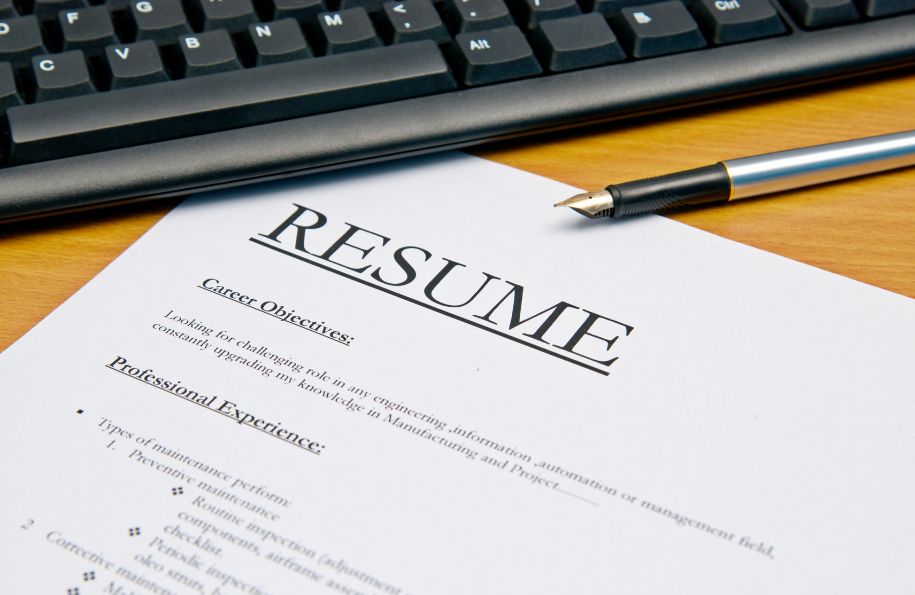Recruitment processes are critical for organizations to build a diverse and talented workforce. However, biases can unknowingly seep into the selection process, leading to interviewer bias. These biases hinder diversity, equity, and inclusion efforts, resulting in missed opportunities for qualified candidates. In this blog post, we will delve into three real-world examples of interviewer bias and explore their implications in recruitment.
Example 1: Affinity Bias
Affinity bias occurs when interviewers unconsciously favor candidates who share similarities with them, such as backgrounds, interests, or experiences. This bias can lead to the perpetuation of a homogenous workforce. One real-world example of affinity bias is when interviewers, consciously or unconsciously, lean towards candidates who attended the same university or participated in the same extracurricular activities. By doing so, they may overlook the potential of equally qualified candidates from different backgrounds or experiences.
Example 2: Confirmation Bias
Confirmation bias involves seeking information that confirms preconceived notions or expectations about candidates. This bias can significantly impact the evaluation process. A real-world example of confirmation bias is when interviewers, having formed an initial positive or negative impression during the interview, selectively interpret subsequent candidate responses to validate their initial judgment. This can result in overlooking valuable qualifications and potential that don’t align with their initial perception.
Example 3: Halo/Horns Effect
The halo/horns effect occurs when an initial positive or negative impression influences the overall evaluation of a candidate. This bias can significantly impact hiring decisions. A real-world example of the halo effect is when interviewers are influenced by a candidate’s physical appearance, charisma, or impressive resume, leading them to overlook potential shortcomings or areas of improvement. Conversely, the horns effect may occur when interviewers form a negative perception based on a minor flaw or misstep during the interview, impacting their evaluation of the candidate’s overall qualifications.
Understanding And Reducing Interviewer Bias
Interviewer bias presents a significant challenge to fair and inclusive recruitment practices. Affinity bias, confirmation bias, and the halo/horns effect are just a few examples that can unintentionally influence hiring decisions. By recognizing these biases and their real-world manifestations, organizations can take proactive steps to mitigate their impact.
It is essential for organizations to foster awareness among interviewers, implement structured and standardized interview processes, and provide training on diversity, equity, and inclusion. Additionally, encouraging diverse interview panels and utilizing objective evaluation criteria can help minimize the influence of biases.
By addressing interviewer bias, organizations can build a more inclusive and diverse workforce, leveraging the talents and perspectives of individuals from various backgrounds. This approach not only promotes fairness but also enhances creativity, innovation, and overall organizational success. Together, let us strive for recruitment practices that embrace diversity and provide equal opportunities for all candidates.
Discover more about bias in recruitment.








